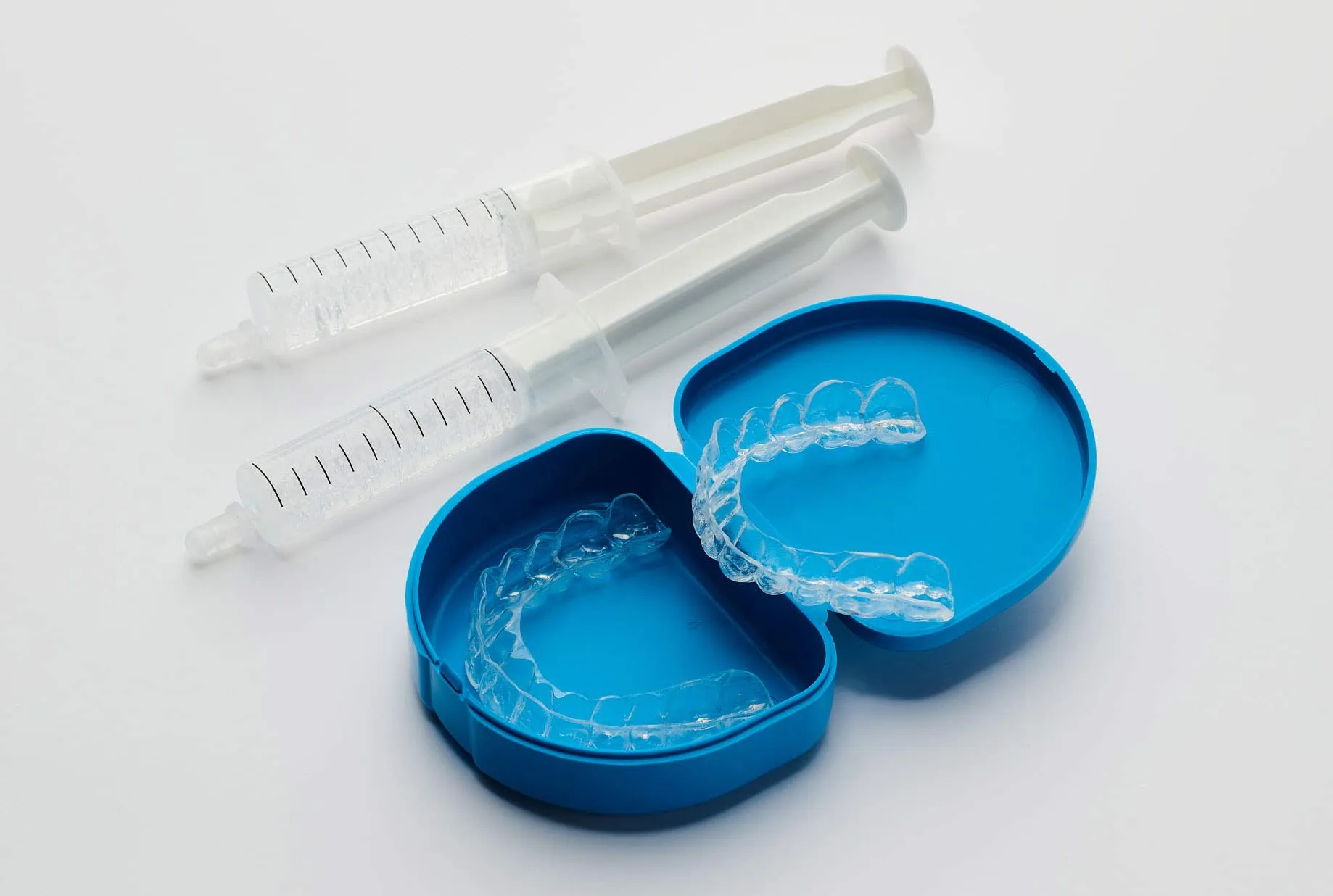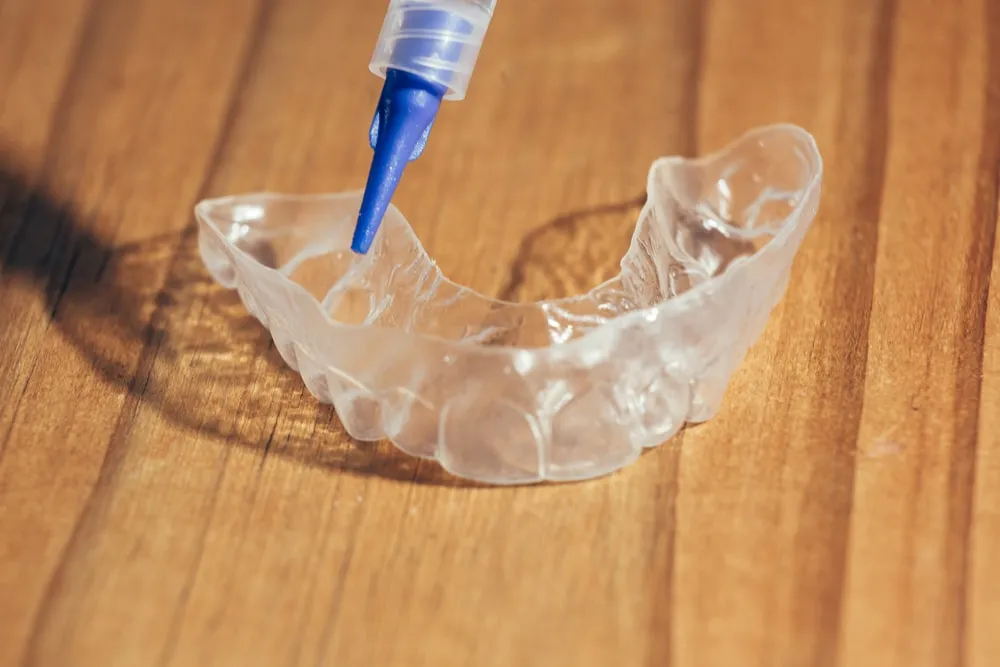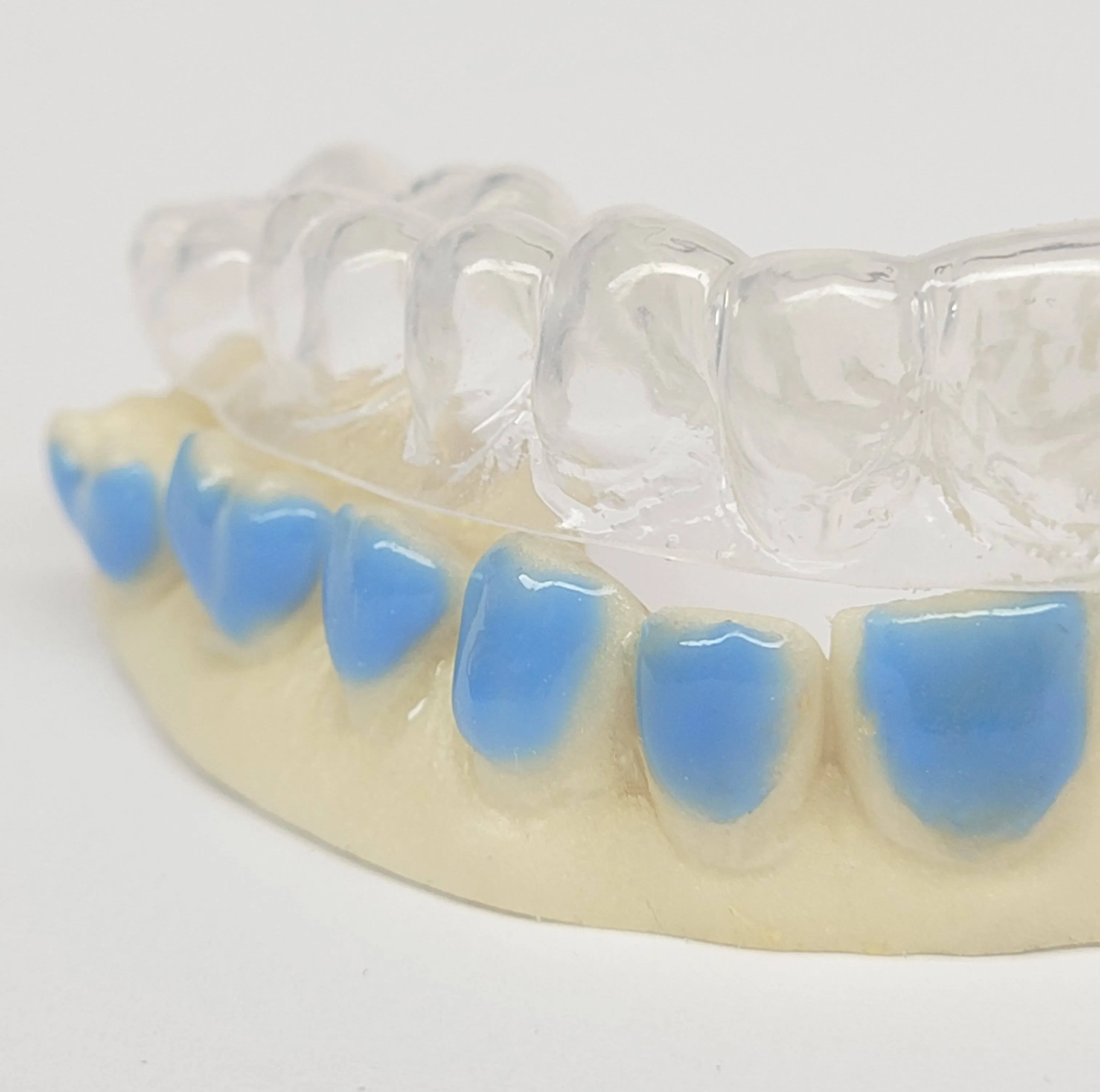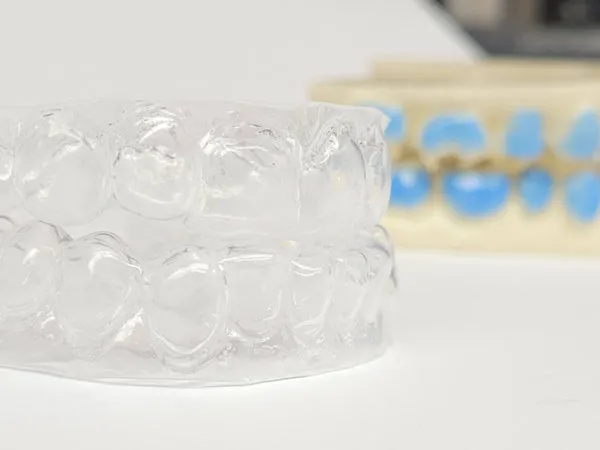Understanding Teeth Whitening Trays
Teeth whitening trays have become a popular and effective method for achieving a brighter, more confident smile. These trays, often made of clear, flexible plastic, are designed to hold a whitening agent, typically a peroxide-based gel, against the surface of your teeth. They are a convenient alternative to in-office whitening procedures, offering a degree of flexibility and cost-effectiveness that appeals to many individuals. The efficacy of teeth whitening trays hinges on a combination of factors, including the concentration of the whitening agent, the duration of application, and consistent use. Understanding the different types of trays and how they work is the first step toward achieving your desired results. This guide will delve into the specifics of using teeth whitening trays, covering everything from tray selection to potential side effects and maintenance.
Types of Teeth Whitening Trays
There are two main categories of teeth whitening trays, each with its unique characteristics. Your choice will depend on your budget, the severity of your discoloration, and your dentist’s recommendations. Both types aim to deliver the whitening agent to the teeth, but their fit and overall experience can vary significantly. The most effective type is usually custom-fit trays. These are crafted to fit your teeth perfectly, ensuring even coverage and minimizing the risk of gel leakage. The second type are pre-made trays, which are often readily available over-the-counter.
Custom-Fit Trays

Custom-fit trays are created by a dentist or dental professional. They take impressions of your teeth to ensure a perfect fit. This personalized approach offers several advantages. The trays fit snugly, ensuring maximum contact between the whitening gel and the tooth surface. They also help to prevent gel from leaking onto your gums, which can reduce the risk of irritation. Custom trays are often considered the most effective option, as they provide the best coverage and allow for the most precise application of the whitening agent. Although they may require a higher upfront investment, the superior fit and results often make them the preferred choice for those seeking professional-grade teeth whitening.
Pre-Made Trays
Pre-made trays are available over-the-counter and come in a variety of shapes and sizes. They are a more affordable option, but they may not provide the same level of precision as custom-fit trays. Because they are not specifically designed for your mouth, they might not fit perfectly, which can lead to uneven whitening or gel leakage. Despite these potential drawbacks, pre-made trays can still be effective, particularly for those with mild staining or those looking for a budget-friendly solution. They often contain a lower concentration of whitening agent compared to professional treatments, reducing the risk of sensitivity. However, be sure to follow all instructions carefully to get the best results.
How Teeth Whitening Trays Work
The fundamental principle behind teeth whitening trays is the chemical reaction between the whitening agent and the stains on your teeth. Most whitening gels contain hydrogen peroxide or carbamide peroxide, which breaks down into oxygen molecules. These oxygen molecules then penetrate the enamel and dentin of your teeth, breaking down the stain molecules and lightening the overall color. The effectiveness of this process depends on factors such as the concentration of the whitening agent, the duration of application, and the type of stains. Regular and consistent use, as directed by your dentist or the product instructions, is essential for achieving optimal results. The trays themselves act as a delivery system, holding the gel in close contact with the teeth for the necessary time. The better the fit of the tray, the more effective the whitening process will be.
The Teeth Whitening Process

Using teeth whitening trays involves a series of steps designed to ensure safety and effectiveness. Proper preparation, application, and aftercare are all critical components of the process. Always consult your dentist before starting any teeth whitening treatment, especially if you have existing dental work or sensitive teeth. Following these steps carefully will help you achieve the best possible results and minimize the risk of any adverse effects.
Preparing Your Teeth for Trays
Before using teeth whitening trays, it is important to prepare your teeth properly. Start by brushing and flossing your teeth thoroughly to remove any food particles or debris. This will allow the whitening gel to come into direct contact with your teeth. If you have any existing dental work, such as fillings, crowns, or veneers, consult your dentist. Whitening agents will not change the color of these materials, and you may end up with uneven results. Your dentist can advise you on the best approach for your specific situation. A professional cleaning from your dentist can also be beneficial before starting the whitening process, ensuring that your teeth are as clean as possible and allowing the whitening agent to work most effectively.
Cleaning Your Teeth
Always brush your teeth gently with a soft-bristled toothbrush before applying the whitening gel. Pay close attention to the gumline and the areas between your teeth. Floss your teeth to remove any plaque or food particles that might be missed by brushing. A clean surface ensures the whitening agent can penetrate the enamel effectively, leading to better results. Rinsing your mouth with water can also help remove any remaining debris, but avoid using mouthwash immediately before applying the gel, as it can create a barrier and reduce the effectiveness of the whitening agent.
Applying Whitening Gel

Apply a small amount of whitening gel to the tray. Usually, a thin line of gel is sufficient, but always follow the product instructions. Avoid overfilling the tray, as this can lead to gel leakage and gum irritation. Place the tray carefully over your teeth, making sure it fits snugly and covers all the surfaces you want to whiten. If using a custom-fit tray, it should fit precisely without gaps. For pre-made trays, ensure they are properly aligned and seated. The key is to have an even distribution of the gel across all the teeth.
Inserting the Tray
Once the gel is applied, insert the tray carefully into your mouth. Ensure that the tray fits comfortably and covers all of your teeth. Gently press the tray into place, making sure that it is seated correctly. Any excess gel that spills over the tray can be wiped away with a clean tissue or cotton swab. It’s crucial that the tray remains in close contact with your teeth throughout the whitening process to maximize the effectiveness of the gel.
Wearing Time
The amount of time you wear the whitening trays depends on the concentration of the whitening agent and the specific product instructions. With custom trays, you might be instructed to wear them for a few hours a day or overnight. With pre-made trays, the wear time is often shorter, sometimes just 30 minutes to an hour per session. It is important to adhere to the recommended wear time to avoid over-whitening and minimize the risk of side effects. Consistent use, according to the product guidelines, will provide the best results. During the wear time, avoid eating, drinking, or smoking, as these can reduce the effectiveness of the gel and potentially stain your teeth.
Sleeping with Whitening Trays

Sleeping with teeth whitening trays is a common practice, particularly when using custom-fit trays with a lower concentration of the whitening agent. The advantage of overnight whitening is that it provides an extended period for the gel to work, potentially leading to more significant results. However, sleeping with trays also increases the risk of certain side effects, such as gum irritation, due to the longer exposure time. Ensure your trays fit properly to minimize gel leakage. Always follow your dentist’s instructions or the product guidelines. It’s also advisable to clean your trays thoroughly in the morning before re-using them to remove any remaining gel or debris. If you experience excessive sensitivity or irritation, consult your dentist to adjust the treatment plan.
Things to Avoid
While using teeth whitening trays, it is important to avoid certain substances and habits that can stain your teeth or reduce the effectiveness of the whitening process. This includes smoking, which not only stains your teeth but also increases the risk of gum disease. Avoid consuming foods and drinks that can stain your teeth, such as coffee, tea, red wine, and dark-colored berries. If you do consume these items, brush your teeth afterward or rinse your mouth with water. It is also important to avoid using abrasive toothpastes, as they can damage the enamel. Always follow the specific instructions provided with your whitening kit or given by your dentist for the best results.
Potential Risks and Side Effects
While teeth whitening trays are generally safe, there are potential risks and side effects to be aware of. These side effects are usually temporary and mild, but it is important to know what to expect and how to manage them.
Gum Irritation

Gum irritation is one of the most common side effects of teeth whitening. It is usually caused by the whitening gel coming into contact with the gums, either because the tray does not fit properly or because too much gel was applied. This can result in redness, swelling, and soreness. To prevent gum irritation, make sure your tray fits snugly and avoid overfilling it with gel. If irritation occurs, rinse your mouth with water, and consider taking a break from whitening until the irritation subsides. Using a desensitizing toothpaste can help alleviate discomfort.
Tooth Sensitivity
Tooth sensitivity is another common side effect. It often occurs when the whitening agent penetrates the enamel and reaches the dentin, which contains nerve endings. This can cause temporary sensitivity to hot or cold foods and drinks. To manage tooth sensitivity, use a toothpaste designed for sensitive teeth. You can also reduce the frequency of whitening treatments or shorten the wear time. If the sensitivity is severe, consult your dentist, who may recommend a desensitizing treatment.
Other Side Effects
Other potential side effects are less common but may include an upset stomach or a sore throat. These side effects are usually mild and temporary. If you experience any severe or persistent side effects, consult your dentist immediately. It’s important to remember that individual reactions to teeth whitening treatments can vary, and it’s crucial to follow the instructions and consult with your dentist if you have any concerns.
Tips for Maximizing Results

To achieve the best results with teeth whitening trays, there are a few key strategies to follow. Proper preparation, consistent use, and good oral hygiene are essential. By taking these steps, you can maximize the effectiveness of your whitening treatment and maintain a bright, healthy smile.
Maintaining Results
Maintaining the results of teeth whitening involves a combination of good oral hygiene and lifestyle choices. Regular brushing and flossing help to remove surface stains and prevent the build-up of plaque and tartar. Avoid or limit the consumption of foods and drinks that can stain your teeth, such as coffee, tea, red wine, and dark-colored berries. Consider using a whitening toothpaste or mouthwash to help maintain your bright smile. Periodic touch-up treatments with your whitening trays can also help to keep your teeth looking their best. Regular dental check-ups and cleanings are also essential for maintaining optimal oral health and prolonging the effects of teeth whitening.
When to See a Dentist
While teeth whitening trays are a convenient option, it is always a good idea to consult your dentist before starting any whitening treatment. Your dentist can assess your oral health, determine if you are a suitable candidate for whitening, and recommend the most appropriate treatment plan. If you experience any side effects, such as severe sensitivity or gum irritation, contact your dentist for advice. Your dentist can also provide professional cleaning and touch-up treatments to enhance and maintain your results. Regular dental check-ups are essential for maintaining overall oral health and ensuring the long-term success of your teeth whitening efforts.
